Want to hear more from the actors and creators of your favorite shows and films? Subscribe to The Cinema Spot on YouTube for all of our upcoming interviews!
Managing editor & film and television critic with a Bachelor's of Arts in English Literature with a Writing Minor from the University of Guam. Currently in graduate school completing a Master's in English Literature.
Not long after the release of his viral horror film, Longlegs, filmmaker Osgood Perkins returns with a new horror gem, The Monkey. On a first watch, genre fans will feel a total shift from what they are used to, especially since last year’s successful hit was built off dark imagery and themes. Based on Stephen King’s short story of the same name, Perkins’s feature takes on its own personality, displaying its narrative from a dark comedy lens.
Despite my MacBook Air’s Notes App not having a draft history feature and not restoring the second half of my notes for the film—Apple, please fix this issue as soon as possible—, viewing it from a Constant Reader (King’s appointed name for his fans) perspective alone is a memorable experience. The Monkey is a greater feat than this past decade’s Firestarter, The Boogeyman, and ‘Salem’s Lot. At the same time, it doesn’t quite meet the phenomenon that was Andy Muschietti’s It Chapter One from 2017. Perhaps, this is destiny speaking for itself. While the narrative isn’t quite complete, perfection can still be found within the imperfections, like my erased notes or, in Perkins’s case, The Monkey.
The Monkey is written and directed by Osgood Perkins (Longlegs), adapted from a short story by Stephen King collected in his Skeleton Crew collection.
In this review, I will discuss The Monkey. As this article’s title suggests, there will be spoilers present here. Explicit references to the source material will be made!
Neon’s The Monkey Logline
According to Neon Press, here is the official synopsis for The Monkey.
Based on the Stephen King short story, and produced by James Wan (The Conjuring, Saw), The Monkey is a new trip from Longlegs writer/director, Osgood Perkins.
Neon Press
When twin brothers find a mysterious wind-up monkey, a series of outrageous deaths tear their family apart. Twenty-five years later, the monkey begins a new killing spree forcing the estranged brothers to confront the cursed toy.
Discussion
This indie horror film is a pleasant surprise, especially due to its sense of humor. Specifically, gallows humor—delivered by characters such as its matriarchal figure Lois Shelburn (Tatiana Maslany)—can best be described by comedian Anthony Jeselnik as “when you see something in the world that is so horrible that you have to laugh at it, otherwise it would destroy you”. Employing gallows humor in The Monkey—as with everything else in the world—requires proper timing. The film accomplishes this so well. Perkins’s kairos and the visual spectacle of body parts blown off, heads decapitated cleanly, or faces melting like butter harkens back to the late-1990s/ early-2000s style of black comedy horror, especially with movies such as Bride of Chucky, Final Destination, and Seed of Chucky.
Besides the dark humor, the film utilizes immature humor that we remember from, say, It. This makes sense since its protagonists are boys who never truly grow up or develop beyond their shared trauma. To expect even a good Stephen King adaptation these days means to place one’s trust in all of the right creatives. Perkins is one of the great choices for that, considering how he let Nicolas Cage be himself albeit covered in pale white makeup in Longlegs.
The Monkey is a blessing in disguise in how it permits its lead characters, Hal and Bill Shelburn (Christian Convery, Theo James), to approach Death as a metaphysics of life, namely one that we, as humans, have at least some control over. Akin to its source material, the film is much like the examination and exploration of Death in Jeffrey Reddick’s Final Destination film franchise. In classic Stephen King fashion, The Monkey reminds viewers that evil is not executed through a thing. Rather, humans are manipulated into manifesting their worst qualities.
The Monkey in the Stephen King Short Story vs in Cinema
However, the titular Monkey isn’t a blinking, speaking entity that It‘s Pennywise the Dancing Clown is. Sure, it has a mind of its own—and in the short story, the monkey does seem to communicate to Hal via a psychological delusion and paranoia. Yet, in the film, its sentience is quite limited and is autonomous to a point. That fact only makes it funnier given it doesn’t function like the Chucky dolls of Don Mancini’s franchise. The monkey’s terrifying presence is adapted perfectly, with its wide grin showing “all … huge gleeful teeth” between “splayed lips”, as well as “horrible glass eyes” to give an awful, anxiety-inducing stare.
Perkins adapts all the subtle minutiae about the short story that caught my attention whilst reading it. The swear phrase “sonofawhore” that the boys’ uncle spoke around Hal in the story is spoken by their father, Captain Petey Shelburn (Adam Scott). Likewise, Hal’s son Petey’s (Colin O’Brien) foul-mouthed language mirrors the bad-mouthing done in the short story. Hal’s muffled screaming into a pillow calls back to the story’s fact that the monkey’s music can still be heard, even if impeded by cotton.
The filmmaker also keeps certain imageries in adapting the pages to the screen, like “a big bloody bowling ball” coming down from the air. In the short story, this represents the boys’ mother dying at a helicopter plant; but in the film, the bowling ball takes on a different appearance and role. The kills in the film are freakier than they are in the short story, and although they aren’t inventive, their executions are huge examples of the dark comedy on display.
Which is the Better Version?
Ultimately, in terms of the narrative itself, I wouldn’t declare the short story to be greater than the adaptation or vice versa. Combined, there would be potential for excellence, but instead, audiences can expect an end product closer to the next best thing.
On the one hand, King’s narrative reads a little more severely. It treats the Monkey as an agent of death and destruction that could be stopped like in Jumanji. The legendary novelist concentrates on Hal as a character and how his family sees him as a patriarch, and the conflict resolution is radically intense. I can imagine “The Monkey” is what may have partially inspired Jeffrey Reddick to conceptualize Final Destination—both narratives involve a young boy’s broken neck, an auto-pedestrian incident of another young person, the omen of an exploding aircraft, ending in a main character rowing a boat across a lake to stop Death.
On the other hand, in the film, the Monkey as the maniacal machine of mayhem is basically this sinister object that cannot be stopped because, well, death is always occurring around us. The character design needed changing from a cymbal-clapping monkey to a drum-beating one thanks to copyrights involving Pixar’s Toy Story 3. I would say this is divine intervention since the drums do offer a more suspenseful rhythm. The drumbeats are the literal hard-hitting heartbeats helping strike a sharp turn from dark comedy to horror and guiding viewers to the end if such one exists. Moreover, Perkins’s feature project takes time to focus on the boys and their mother, as well as Hal with his son. I appreciate the philosophy in death here that the short story doesn’t dwell on much. It might be why I liked the film’s characterization just a little more than in the short story.
A Production From Peril to Paradise
The Monkey is an Atomic Monster/ Black Bear Pictures production that feels—and note that I do not say this often and unironically—like a love letter to Stephen King adaptations. Some are hits (e.g. Brian De Palma’s Carrie, John Carpenter’s Christine, Rob Reiner’s Stand by Me and Misery, Andy Muschietti’s It Chapter One), and others have more likely been misses (e.g. Cell, The Dark Tower, It Chapter Two). Like a lot of the former, Perkins’s film keeps the late-20th century atmosphere alive, not just in the Shelburn boys’ bedrooms decorated with ’90s playthings—that Goosebumps poster is freaking awesome—but in the overall aesthetic and ambiance.
The editors’ transitions, especially in moments like tree branches fading out into darkness, are intriguing. Perkins’s inclusion of the tree branches is a major symbol of a fruitful collective (family) losing its leaves (family members). Even the wasp nest weighing down on a tree’s branches is a dark comedic metaphor for the threatening Other that swarms the family tree, creating something of its own entirely.
Neon’s press notes refer to production designer Danny Vermette’s set pieces as “an amusement park where each ride takes you into a strange new over-the-top world”. Lois Shelburn’s home, Aunt Ida’s (Sarah Levy) austere household—whose basement full of fish hooks is a direct reference to a fishing element in the short story—, Hal and Petey’s motel, and adult Bill’s former electrical station hideout are attractions that highlight unique personalities. For example, Lois’s home feels like a safe place, whereas Bill’s “lair” is far from one. The visual effects artists do stellar work at dropping adult Hal into surreal nightmare sequences. This includes a trippy scene where he essentially falls through a kaleidoscope.
Easter Eggs and References to Stephen King’s Multiverse
Having reviewed It Chapter One, I have come to understand the necessary world-building done through Stephen King’s extensive bibliography. What it all leads up to is his magnum opus: The Dark Tower. If Pixar’s films connect through characters and background objects, and the Marvel Cinematic Universe and the DC Universe have their own individual world-building, then The Dark Tower is the center of Stephen King’s literary multiverse. In The Monkey, I found a few note-worthy bits.
If you’ve passed your recent hearing exam, then you might notice a blatant namedrop of a certain Misery character. The “world” of The Monkey evidently exhibits its own timeline of events, provided that it begins in 1999 and jumps into 2024/25. Misery, however, is a novel that takes place in the late-1980s. Secondly, a theme park named Horror Haven isn’t so distant from Joyland, a mystery crime novel by King whose fictional theme park of the same name holds an attraction, Horror House. A television adaptation has been in the early stages of development for some time. However, I am curious to know if Vermette’s set pieces are any indication of Joyland coming to life one day.
Lastly, Castle Rock, or an homage to it, anyway, subtly appears as a framed painting in the background of Hal and Petey’s motel room. This references a fictional place setting for numerous King narratives, including Cujo, Needful Things, and The Body/ Stand by Me. The Monkey occurs in Casco, Maine—an actual place—, but its closeness to Stephen King locations is special.

The Crew Behind The Monkey
Nico Aguilar (Witch Hunt, Doechii’s “Denial Is a River” music video) serves as the director of photography.
Jeremy Cox, Erwin Jaquez, and Jan Klompje serve as the second-unit DPs. Asterios Moutsokapas serves as the stills photographer.
Yannie Yu serves as the gaffer.
Greg Ng (Two Sentence Horror Stories, Longlegs) and Graham Fortin (Longlegs) serve as the editors. Ng also serves as the second unit director. Ian Macdonald is the assistant editor.
Edo Van Breeman serves as the music composer.
Natasha Duprey (Tucker and Dale vs Evil, Operation Christmas Drop, Longlegs, Heretic) serves as the music supervisor. Zed Starkovitch serves as the music editor.
Eugenio Battaglia (Longlegs, Heretic) serves as the sound designer and supervising sound editor. Humberto Corte and Alejandro Lara Peralta are the sound effects editors.
Errin Elizabeth Lally, Annalese Tilling, and Rich Delia (Don’t Breathe, Lights Out, It: Chapter One, The Babysitter, Brightburn, Swamp Thing, Mortal Kombat, Scream, Scream VI, Renfield, Abigail) serve as the casting directors.
Adam Richards (The Final Girls, Jessica Jones Season 1, Brightburn, Swamp Thing Season 1, Scream, Scream VI, Renfield, Abigail) serves as the casting associate.
Trevor Addie serves as the stunt coordinator.
Brent Connolly plays Theo James’s stunt double.
Leanne Buchanan plays Tatiana Maslany’s stunt double and Sarah Levy’s stunt double.
Aesthetics
Edward J. Douglas serves as the visual effects supervisor.
Joshua Robert Bateman serves as the VFX assistant editor.
At Niche VFX, Chris van Dyck serves as the VFX supervisor; and Lauren Aspden serves as the VFX producer.
From Cosa VFX, Tom Mahoney and Tom Rolfe serve as the VFX supervisors; and Michael Yu is the VFX producer.
Via WildVFX, Jeff Bruneel serves as the VFX supervisor; and James Milligan is the VFX producer.
Danny Vermette serves as the production designer.
Brendan Megannety serves as the art director. Alan Derksen serves as the assistant art director.
Trevor Johnston (Longlegs) serves as the set decorator. A. Blair Stevens serves as the assistant set decorator.
Mica Kayde (Helstrom, Longlegs) serves as the costume designer. Giselle Bourget is the assistant costume designer.
Madelaine Hermans serves as the makeup department head.
Alyssa Myers serves as the hair department head.
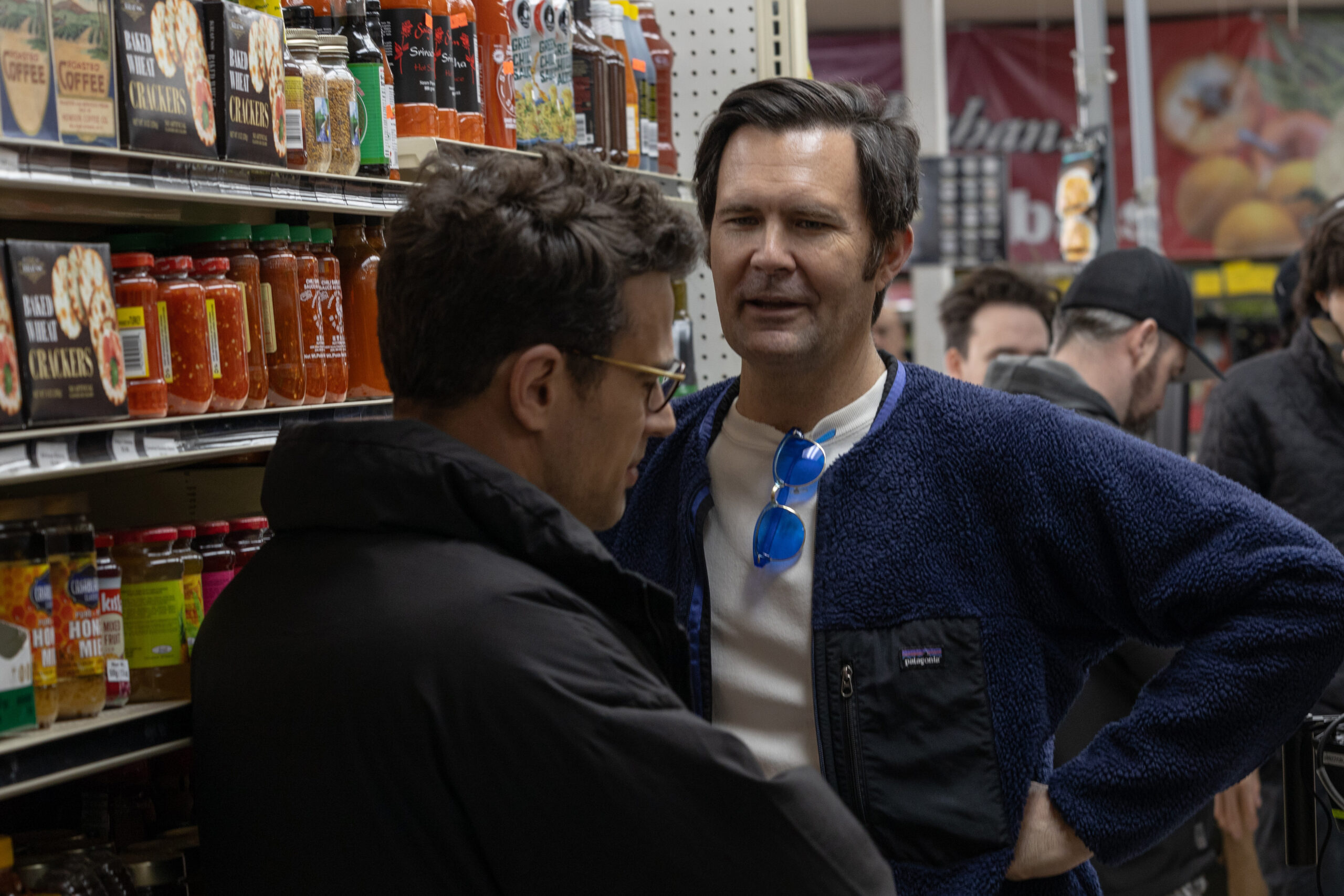
The Cast of The Monkey
Theo James (Castlevania, The White Lotus: Sicily, The Gentleman, X-Men ’97) portrays twins Hal and Bill Shelburn, The Monkey‘s protagonists. Christian Convery (FX’s Legion, Cocaine Bear, Jim Mickle’s Sweet Tooth, Robert Kirkman’s Invincible) portrays young Hal and Bill in 1999. In the source material, Hal is younger than Bill by two years.
Tatiana Maslany (Ginger Snaps 2: Unleashed, Orphan Black, She-Hulk: Attorney at Law, Robert Kirkman’s Invincible) portrays Lois, Hal and Bill’s mother. The character simply went by “Mrs. Shelburn” in the source material.
Colin O’Brien plays Petey, Hal’s only son. In the source material, Petey was the younger of Hal’s two sons.
Rohan Campbell (Halloween Ends, Sabrina Carpenter’s “Taste” music video) portrays Thrasher and Ricky.
Sarah Levy portrays Aunt Ida.
Osgood Perkins (Wolf, Legally Blonde, Not Another Teen Movie, Jordan Peele’s Nope) portrays Uncle Chip.
Minor Characters
Adam Scott (Step Brothers, Pirahna 3D, Hot Tub Time Machine 2, Krampus, Inside Job, Severance, Madame Web) portrays Captain Petey Shelborn, a pilot and the patriarch of the Shelburn family. In the source material, the character was a “merchant mariner”.
Elijah Wood (The Faculty, The Lord of the Rings film franchise, Sin City, Cooties, Yellowjackets, The Toxic Avenger remake) appears as Ted Hammerson.
Danica Dreyer plays babysitter Annie.
Bea Perkins and Kingston Chan play Florence and Lieutenant Pepper, two of Hal’s primary childhood bullies.
Tess Degenstein plays Barbara, a real estate agent who welcomes Hal back to Ida’s home.
Zia Newton plays Dwayne, Hal’s boss.
Shafin Karim plays a pawn shop owner. Nicco Del Rio plays a rookie priest.
Lumen Beltran appears as a police officer helping investigate a crime scene in Aunt Ida’s home.
Laura Mennell plays Petey’s mom. In the source material, the character is named Terry.
Janet Kidder plays Thrasher’s mom. Second unit director of photography Jeremy Cox plays Beauchamps, a member of Thrasher’s household.
Corin Clark plays a diving woman at Hal and Petey’s motel.
Jason Burkart (Once Upon a Time, The Stand, Schmigadoon!, The Last of Us Season 1), Scott Nicholson, Katie Stuart, and Michael Anthony Sallegue Samosa play lawnmower neighbor, Burt Burgerson, Nancy Rizzoli, and a hibachi chef, respective victims of the Monkey.
Danny Virtue appears as a Pale Rider.
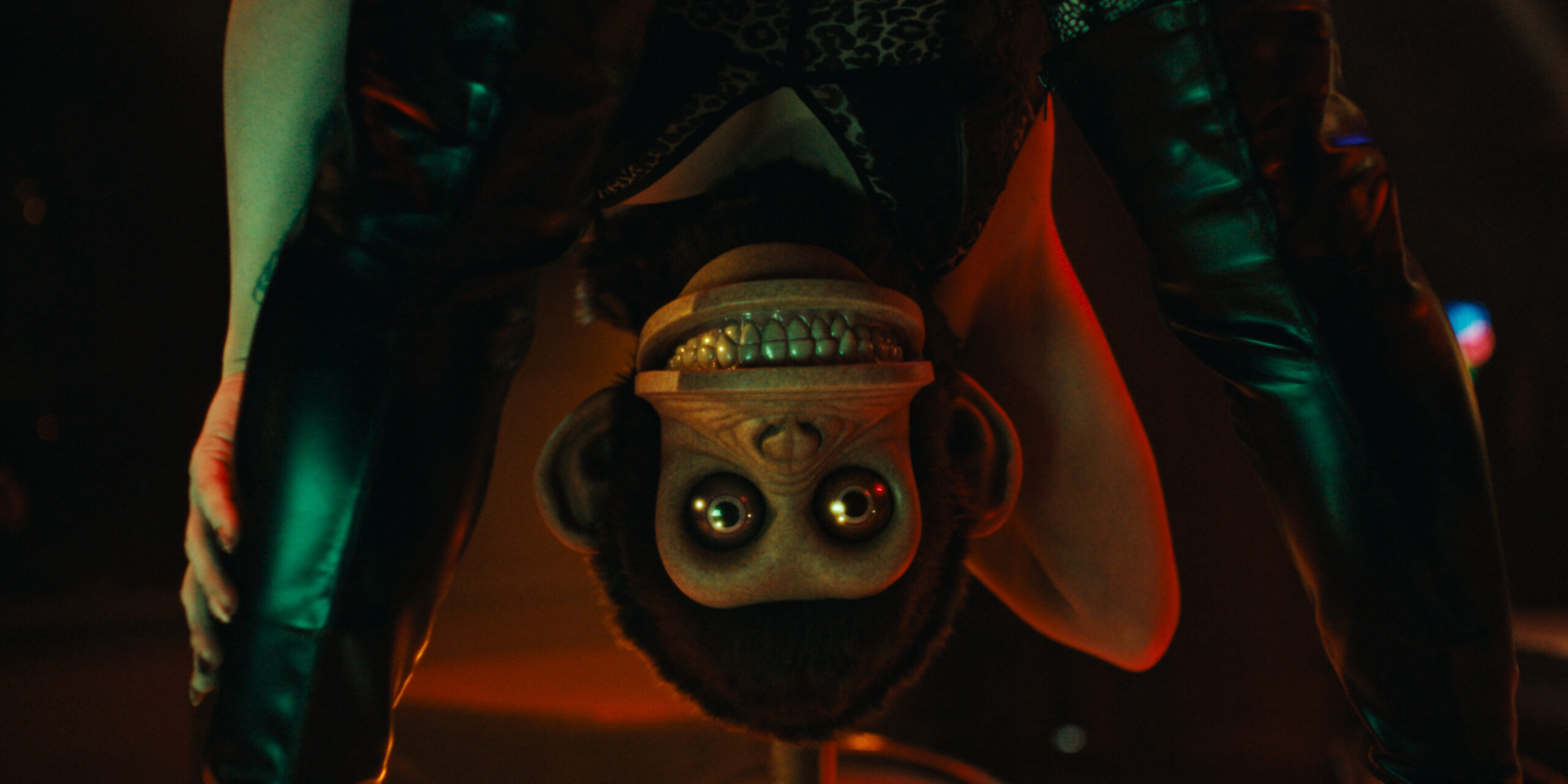
Performances and Character Developments
Theo James carries chunks of this dark comedy with his dual role as both Hal and Bill. Although, in saying this, I must also admit that I am only familiar with his performance in The White Lotus Season 2. The same can be said for Christian Convery as the adolescent version of the characters. Juxtaposed with Hal, the characterization of Bill is nearly non-existent in the source material. Perkins’s decision to make them twins is fine given the brotherly Tyler Durden-type dynamic and what that means for The Monkey‘s concluding scene. I like Hal’s look as the nerdy, nervous type. Meanwhile, Bill isn’t much of a bully compared to Hal’s middle school schoolgirl bullies, but he is a harsh older sibling. Watching these two actors perform against themselves is hilarious, almost as if watching It Chapter One again.
Tatiana Maslany’s role as Mrs. Shelburn is just slightly more meaningful than in the short story. The actor is a beauty to see on screen, but she is also the pathos that holds everything except the heartbeats. She almost reminds me of Jennifer Tilly’s Tiffany Valentine in the Chucky franchise—a woman who possesses many words about life yet whose eerie presence is somehow comforting. In the eyes of many, Maslany is definitely “mother”, and her soul isn’t one to be replaced so easily.
Final Thoughts on The Monkey
[T]he world is getting pretty dark and serious, and a little bit of relief getting served up as a horror movie feels like good medicine. We really tried for an adorable horror movie. Everything is sort of ironic or dystopian or negative, and this felt more adorable than that.
Osgood Perkins’s filmmaker’s statement via Neon Press’s production notes
An underrated element in The Monkey is music composer Edo Van Breeman’s old-school scoring and music supervisor Natasha Duprey’s soundtrack. Their music fills the atmosphere with another layer of unease. One example of this is the circus music that the Monkey plays when driving a character to their imminent death. If anything, this catastrophic vibe sums up just how the film is showcased. The Monkey isn’t particularly brilliant in its characterization or its navigation from adult Hal’s introduction to the end. Like the famous “monkey’s paw” tale, Osgood Perkins’s dark comedy feature asserts that wishful thinking only goes so far. Our every decision dictates fate as a concept. Still, that affects those around us, whether we comprehend the consequences or not.
4/5 stars
Osgood Perkins’s The Monkey is now playing in theaters!
Have you read Stephen King’s short story? If so, then what are your thoughts on it so far? Let us know! For more comedy and horror-related news and reviews, follow The Cinema Spot on Facebook, Twitter, Instagram, and Bluesky! Also, follow us on Letterboxd for further feature film, short film, and limited series reviews!
Looking to read Stephen King’s “The Monkey” short story? Well, you’re in luck; purchase a physical copy of Skeleton Crew, a short story collection that also includes “The Mist” via our Amazon Affiliates link, today!
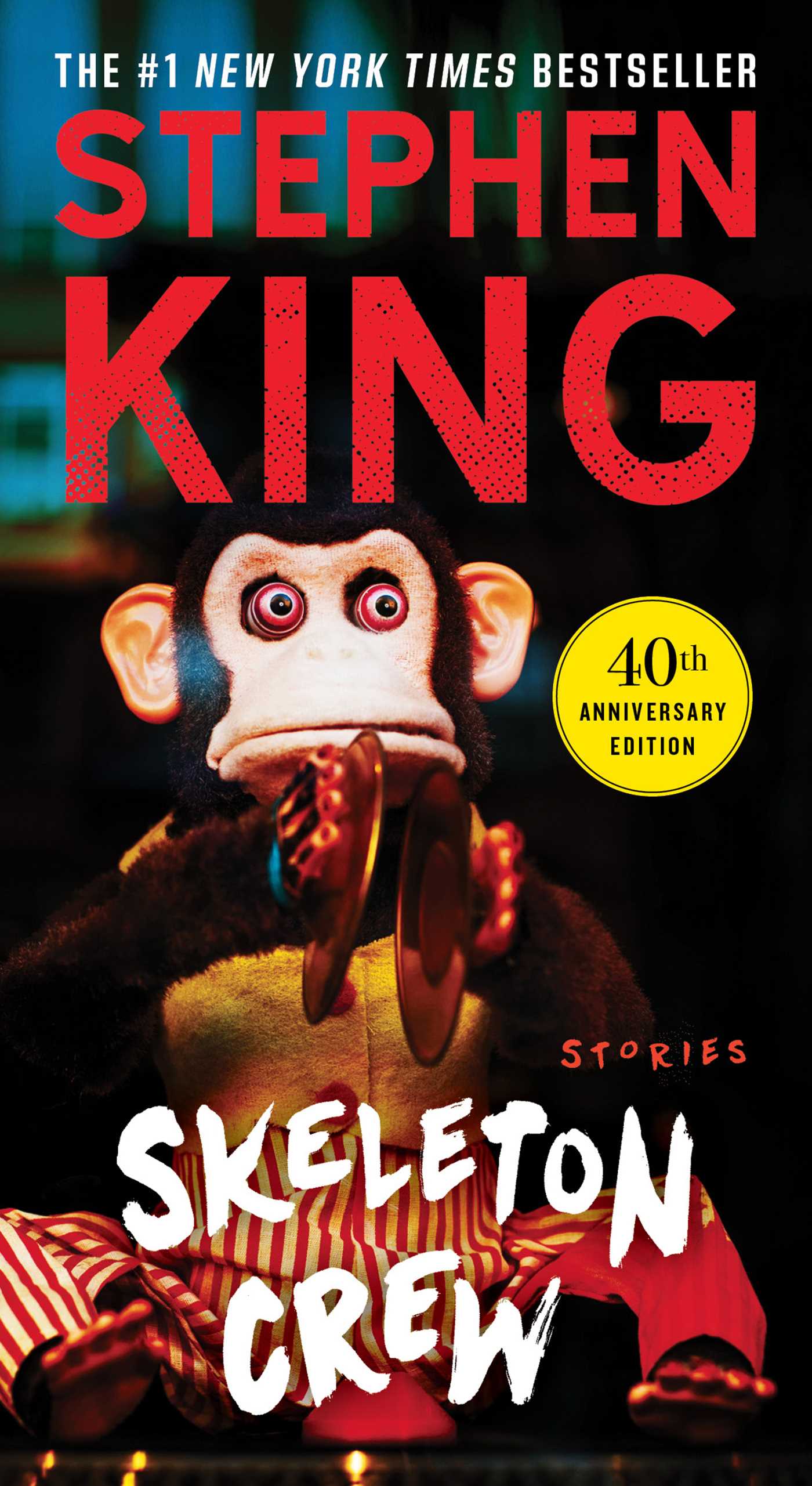
Managing editor & film and television critic with a Bachelor's of Arts in English Literature with a Writing Minor from the University of Guam. Currently in graduate school completing a Master's in English Literature.



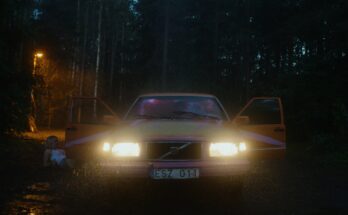
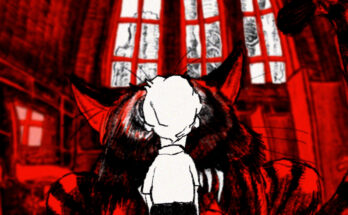
2 Comments on “Osgood Perkins’s ‘The Monkey’ (Non-Spoiler Review) – A Perfect Imperfect Stephen King Adaptation”